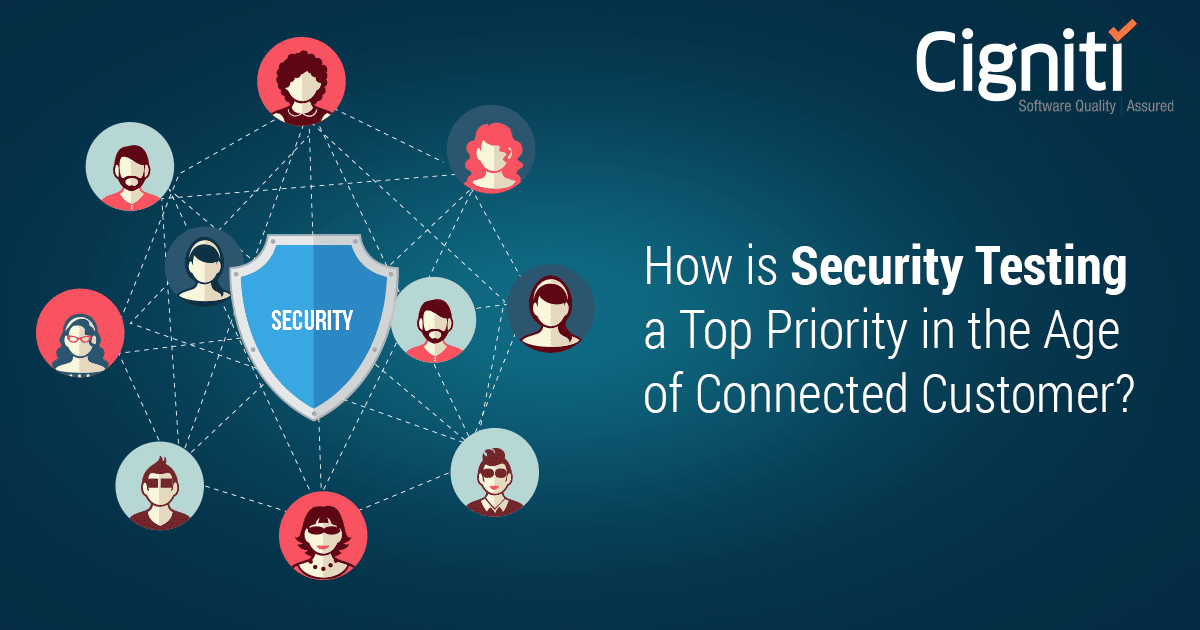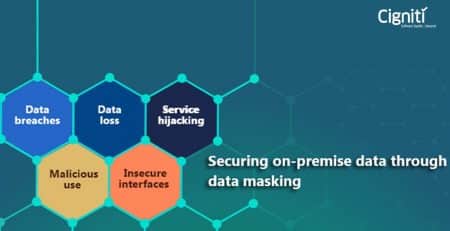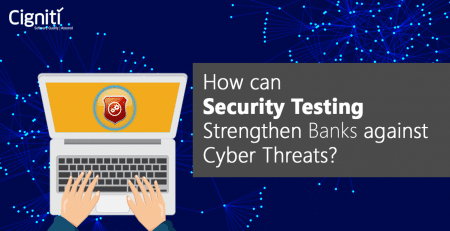Blueprint for Managing Cyber Threats and Security in Telecom Industry
Telecommunications have become the linchpin of our times as everything associated with the internet is being driven by technology.
Virtually running the globe, the telecom industry has become an intrinsic part of our lives.
Telecommunications play a critical role in sending emails, making video calls, hosting websites and applications on servers, interacting on social media, or carrying out myriad transactions through applications.
The importance of this industry has become more evident during the pandemic-induced lockdowns, where internet-based services driven by telecommunications have become people’s lifeline.
So, when so many rides on this tech-driven industry, it has become a favorite hunting ground for threat actors.
No wonder the role of telecom network testing has assumed significance.
According to Kaspersky Labs, “Cybercriminals are using the ‘weakest link in the telecom chain’ – the employees – to commit crimes.”
This is because the telecom sector operates complex networks and stores sensitive personal and corporate data.
Also, since telecom is often the gateway to the core infrastructure of various businesses, cybercriminals can carry out a range of criminal activities.
These may include intercepting calls, accessing data, and impersonating and controlling subscribers.
The scope and sophistication of the emerging threat scenario associated with the telecom industry result from legacy technology, the increased role of cloud-based technologies, a growing volume of data and voice transmissions, and outdated signaling protocols.
Per Gartner, “Cybersecurity is the combination of people, policies, processes, and technologies employed by an enterprise to protect its cyber assets. Cybersecurity is optimized to levels that business leaders define, balancing the resources required with usability/manageability and the amount of risk offset. Subsets of cybersecurity include IT security, IoT security, information security and OT security.”
Importantly, with 5G technology in the offing where communications and data transmission are going to be redefined and recalibrated, testing 5G networks has assumed increased salience.
Several tenacious and evolving threats continue to upsurge cybersecurity risks inside the telecommunications industry.
The most archetypal threats influence time-tested attack trajectories to target telecom operators.
Top cyber threats and solutions for telecom cyber security
Cybercriminals are targeting the telecom network security infrastructures to cause data breaches and damage the network using various tools, techniques, and measures.
The top 5 cyber threats and the ways to mitigate them are mentioned below:
DNS Attacks
In this attack, threat actors take advantage of the existing vulnerabilities in the Domain Name System or DNS, which is a protocol that translates a ‘user-friendly’ domain name into a ‘computer-friendly’ IP address.
Since DNS is primarily designed for usability rather than security, cybercriminals use back-and-forth communication between clients and servers.
Here, malevolent actors try to divert traffic coming from a legitimate source to a malicious destination. Unfortunately, DNS attacks are the most common cyber threats that telecom companies face.
The solutions involve a series of best practices for telecom network testing.
- Conduct regular DNS audits to ensure the server is configured correctly. Identify the abandoned test sub-domains, which may contain vulnerabilities to be exploited by hackers.
- Implement proactive cybersecurity measures instead of being reactive
- Build threat detection measures based on real-time analytics of DNS transactions. The measures can detect emerging and known cybersecurity threats
- Improve the capability of firewalls using machine learning-driven response policies for suspicious hostnames
- All suspicious endpoints should be subjected to query monitoring
DDoS Attacks
In Distributed Denial of Service (DDoS) attacks, multiple systems try to overwhelm the resources or bandwidth of a targeted approach using one or more unique IP addresses from scores of malware-infected hosts.
The solutions to prevent such attacks are as follows:
- Set up an Access Control List (ACL) by writing several scripts to configure automatic routers. This helps to mitigate the impact on performance.
- Run black hole scrubbing technique wherein good traffic can be separated from malicious traffic by redirecting the traffic to a scrubbing center.
- Monitor DDoS in real-time using tools powered with ML functionality
SIP Hacking
In most VoIP communications, Session Initiation Protocol (SIP) is increasingly targeted by cybercriminals.
Here, non-standard messages containing invalid inputs are sent, making the system unstable.
The software testing for telecom solutions involves the following:
- Implement strong encryption to protect data transmissions over Real-Time Protocol and Transport Layer Security
- Enforce anti-spoofing for all SIP messages and ensure the mechanisms are in place to authenticate SIP clients
- Perform deep packet inspection of SIP messages using Session Border Controller controls to prevent unauthorized SIP traffic.
IoT Network Security
With an estimated 25 billion IoT devices to be connected to the telecom networks at 5G penetration, as per Gartner, testing 5G networks has become a priority for telecom companies.
This might give rise to cyber threats such as eavesdropping attacks, network congestion, Sybil attacks, routine attacks, and node jamming.
The solutions include:
- Ensuring secure authentication for devices, platforms, and networks associated with any IoT service
- Offering data encryption services to ensure the integrity of communications and the resilience of networks
- Ensuring the use of UICC-based mechanisms for proper identification of IoT devices
SS7 Signalling Threats
Still many telecom services are driven by SS7 or Diameter protocols. These outdated protocols, especially in banking, attract cybercriminals to intercept 2FA authentication and breach users’ data.
The best practices to mitigate such threats are as follows:
- Monitor all core network elements and outgoing and interconnect traffic
- Conduct regular penetration testing and network security assessments
- Implement anomaly detection systems in real-time to identify cyber attacks
With the advent of 5G and related increases in IoT devices, telecom companies must invest in telecom application testing services to prevent threat actors from striking.
According to Dan Bieler, Principal Analyst, Forrester, “More than ever before, telcos are embracing new technologies and experimenting with new business concepts. This, in turn, offers opportunities for enterprise customers to work with telcos as partners for their digital transformation.”
The measures to counter cybercriminals should be proactive, involving extensive monitoring, conducting proper risk assessments, and automating the core security requirements.
These cyber-threats should be countered by implementing rigorous software testing solutions for the telecom industry.
As most 5G applications are industry-specific and link closely to business outcomes, ensuring successful deployments and unlocking new innovations is imperative.
Organizations could use the benefits of 5G to their advantage and gain an edge against competitors.
Conclusion
While the emergence of new technologies has vast advantages, it also comes with new twists in intricacy and scale. These hacks necessitate telecom network security teams to stay efficient and abreast of novel threats and susceptibilities.
Cigniti’s Security Testing and web application penetration testing uncovers application vulnerabilities, minimizes application risks, and benchmarks your software code for increased quality assurance.
Our Security Testing services across different industry verticals and enterprises ensure their cyber-safety, leading to robust brand image client retention.
Would you be interested in a 5G offering to measure customer experience and provide a sentiment view on a given consumer’s experience? An offering that can help you take the lead in the digital race by generating digital customer satisfaction scores and ratings/sentiment prediction?
To know more about managing cyber threats and security in telecom, talk to our security testing experts. They will help you provide a solution for your business and demonstrate how to scale the quality of experience for 5G services.





Leave a Reply